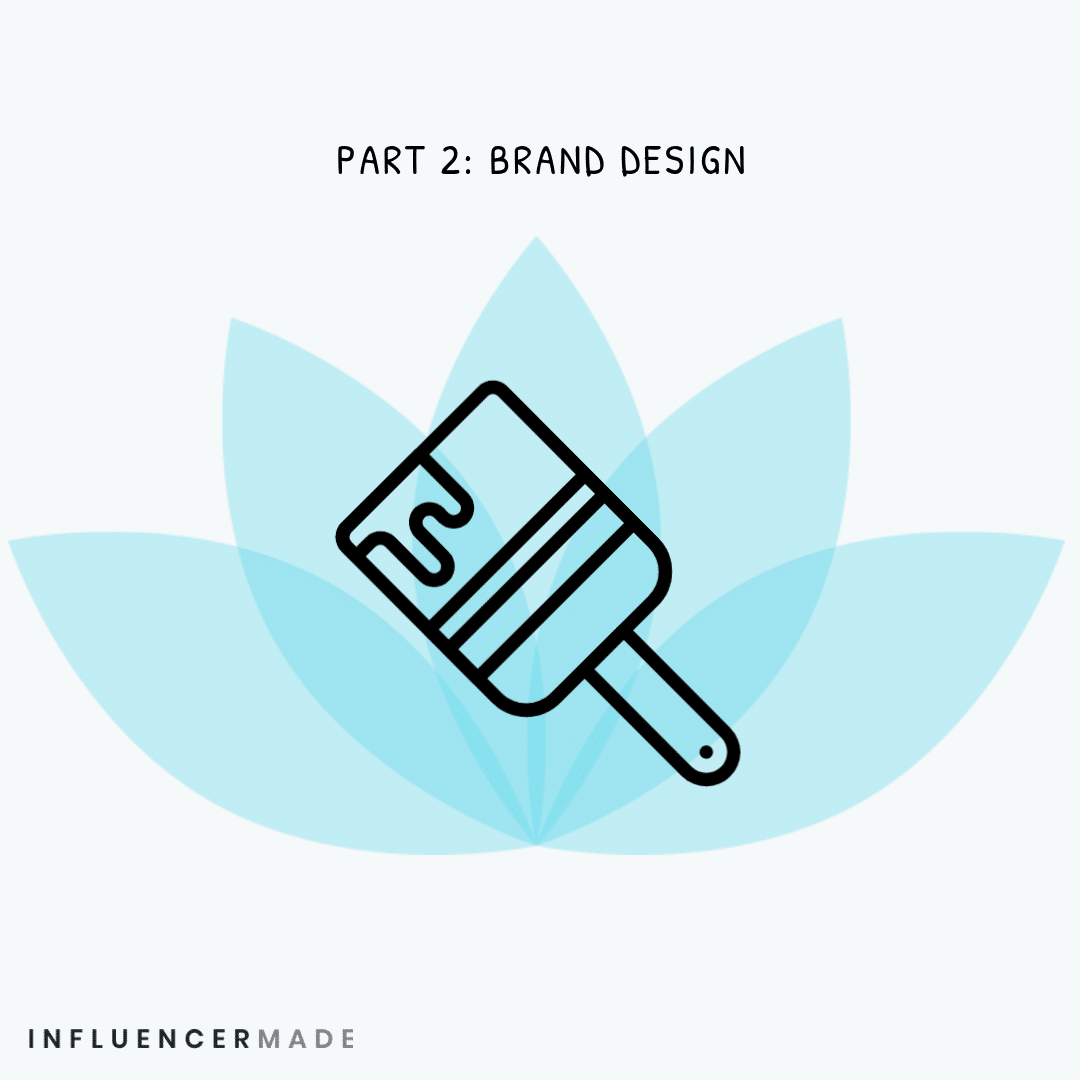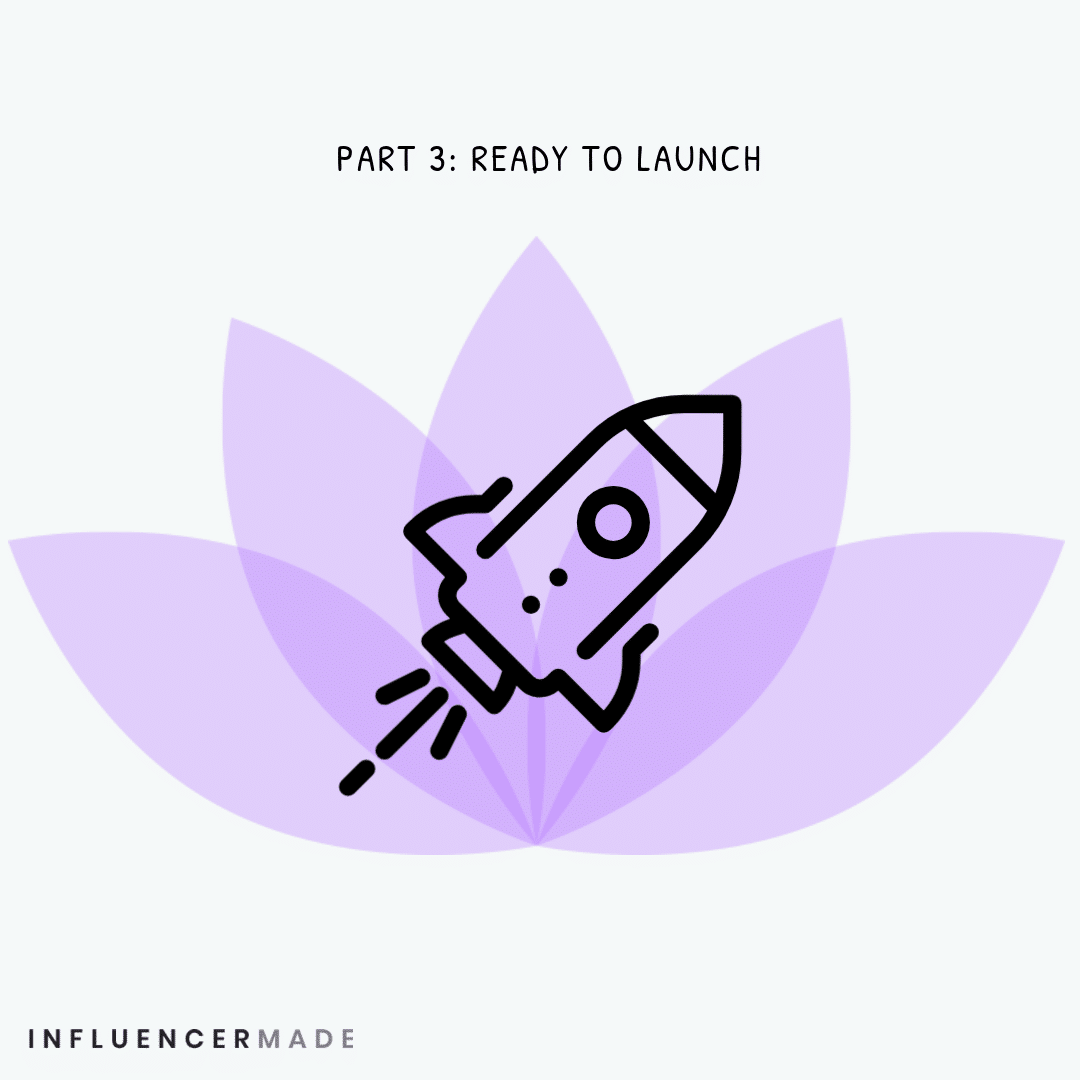This post is part two of a three-part series on personal branding. It will cover the market research aspects of designing graphics for a personal brand.

1. How to Name Your Personal Brand
The first thing you should do is name your brand. This can be as simple as choosing to use your actual name or as complicated as searching for the perfect terms to define your mission. There are pros and cons to each option.
Your Own Name
Unique Name
If you choose to create a brand name rather than go with your own, there are several techniques you can use. It is important to ensure that the name represents the brand in some way to help your future followers understand what you are about. Try some of the following techniques:
Find the Best Name for Your Brand
Spend some time coming up with 3-5 names that you think could be a good fit for your personal brand. When finished, reach out to a few trusted friends or colleagues about your ideas and ask for their feedback. Listen to their advice and use the one (or change one) that will be the best fit for you.

2. Choose Your Brand’s Logo and Colors
Once you have a name, you will need to decide on whether or not you will create a logo and which colors you will want to incorporate into your branding. Depending on your niche, it may be best to use a personal photo as your profile image, but if you choose to create a logo, ensure that it is visually appealing, relates to your niche, and will be able to uniquely represent your brand.
While you shouldn’t over-analyze your brand colors, understanding how they may be perceived by the public can help you narrow down your options and create something that will work with your niche. Many colors have become associated with different brands, products, emotions, or concepts and using those to your advantage can give your brand an subconscious boost over time.
Scroll through this list of common colors to learn more about their meanings and associations. You should note, however, that colors can carry meanings in different cultures, so make sure to research how they will be perceived by your target audience.
Narrow Down the Colors for Your bRanding
Create a few rough sketches of how you would like your logo to appear or look through templates available online (you will be able to find a list of platforms that offer these services in the next section). Talk to your friends or colleagues about your ideas and see what they think. You can also hire a designer to create the logo for you so that you can offer your followers a professional touch.
Choose your colors and place them beside each other to make sure that they are still visually appealing together. Try to incorporate them into your logo to create a stronger branded look.

3. Design Your Brand’s Graphics
Depending on the platforms you choose to use, there may be a few graphics you need to create, such as banners, profile images, and post templates. Try to make the images consistent not only on each platform but anywhere your brand is mentioned online.
When determining how your graphics should look, look at other personal brands in your niche to see if there are common elements between them. Make sure that you also incorporate your colors and logo (if applicable) into your graphics. The goal is to create consistency across platforms so your audience begins to recognize you as a brand.
You can create these graphics on your own using programs like the Adobe Creative Cloud, Affinity Designer, or GIMP. If you have little to no experience in design or if you would rather use a template, try out one of the following sites:
-
Placeit by Envato
Placeit offers thousands of base templates for posts and graphic banners for a variety of influencer sites. You can also use them to design a logo, create a video intro, or design merchandise to sell to your followers in the future. While they have several templates for free, you can upgrade to their full database for a very reasonable monthly fee.
-
Snappa
Not only will you find pre-made graphic templates at your fingertips on Snappa, but you will also have access to over 5 million stock photos, special graphics, and sound effects. Their background remover will allow you to upload your own images to give a personal touch to any designs you create through the platform. You can also set up scheduling directly on the platform through your Buffer account.
-
Canva
With Canva, you will have access to many different social templates, logo design, video features, and more. They are continually adding features that will elevate your graphics to the next level, including curved text, textures, and design grids. You can use these features as well as their library of icons, stickers, and images to create unique posts that will resonate with your following.
-
Fiverr
Fiverr is a freelance marketplace where you can find designers that will create original images for you at a reasonable price. You are able to search through many different portfolios and read the reviews of past clients before making a decision. With many different artists who create in a range of prices, you are likely to find someone whose style works with your own.
Take Action
Look through your favorite profiles on Instagram, YouTube, and TikTok to see what others are doing. After taking notes of your favorite aspects, look at the above platforms to check out their templates. Sign up for free accounts or trials to play with them to see what you would do. Use different strategies to find a style that you like that you can replicate in the future.
Use your colors, logos, and other images to create your banner and any other graphics necessary for your profile. Make sure to meet the size and file requirements so that there are no surprises when you go to upload the image. Plan each graphic so that it will look good on both a desktop and a mobile device.
Check out the following articles for more information:

4. Write Your Social Profile
Keep your profile clear and concise. When it comes to branding for growth, you should focus on writing with three intentions right up front:
-
Hook
Capture potential follower’s attention with something that will pique their interest. This can be an interesting fact about you or your brand or something you can offer them. Use a little humor if you can to get them to smile.
-
Mission
After the hook, let them know what you and your brand are all about – your niche, how often you post, what they can expect from you, and more.
-
CTA
Instead of just asking them to follow, give them a reason so that they are more likely to click the like or subscribe button.
Research the character count of the profile so that you can make sure to write something that meets your brand’s needs in the available space. Bearing that in mind, you should try to implement some of the following characteristics into your social media profile:
Let others Help You Write Your Influencer About Section
Look at a broad range of profiles on your chosen platform and take note of what sticks out to you. Write down ideas from both influencers in your niche and those outside of your niche. Once you have a few ideas of what appeals to you, jot out a few ideas on how you can craft your own profile.
Write out 3-5 different profiles that fit in the required space. Keep the most important details first so that they are more noticeable to others. Ask trusted friends and colleagues for their feedback on which to use and if they have any suggestions for improvement. Don’t forget to add 3-5 highly relevant hashtags.


























